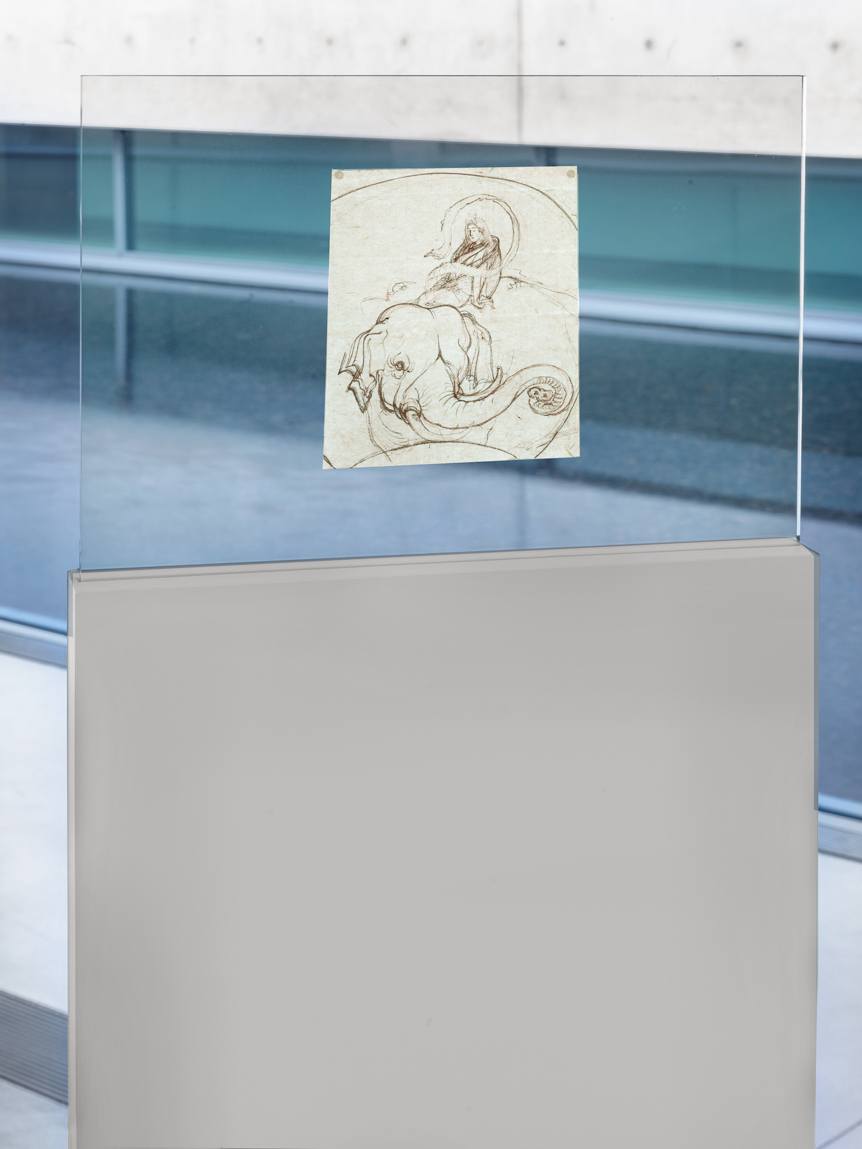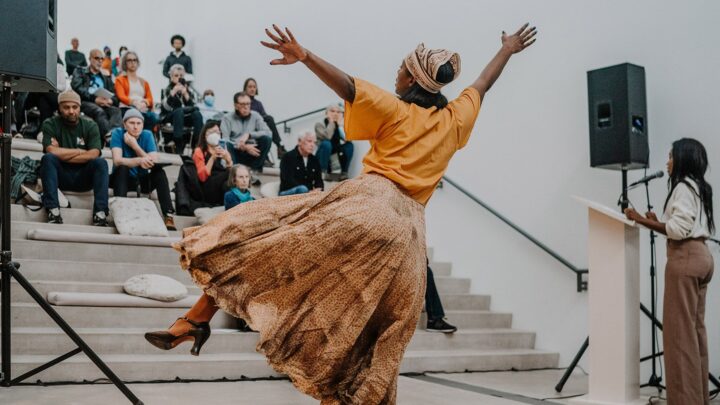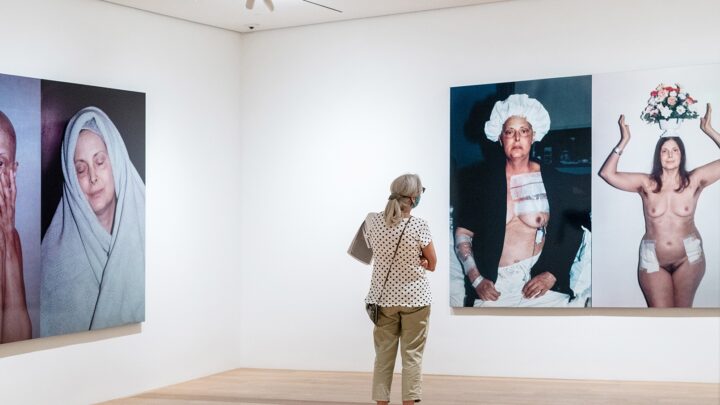Japanese ukiyo-e woodblock
The drawing and print pictured above, Hakamadare Yasusuke and Kidōmaru Battling with Magic (1887), by artist Tsukioka Yoshitoshi (1839–92), provides a firsthand look at the relationships between various printmaking collaborators. In this depiction of a magic battle between the legendary fighter Kidōmaru and his opponent, Hakamadare Yasusuke, the artist included basic notations indicating to the printer that the serpent’s eye should be rendered in yellow, Hakamadare’s armor in blue, and Kidōmaru’s pants in purple, but he left other details—such as the design of the background—up to his collaborators. In the face of scant evidence detailing how various artisans interacted with one another in order to create the final print, the comparison afforded by this print and drawing pair provides valuable insight into the creative exchange that underpinned the production of ukiyo-e prints.
To learn more about Yoshitoshi’s work, visit Living Proof: Drawing in 19th-Century Japan, on view through March 3, 2018.




